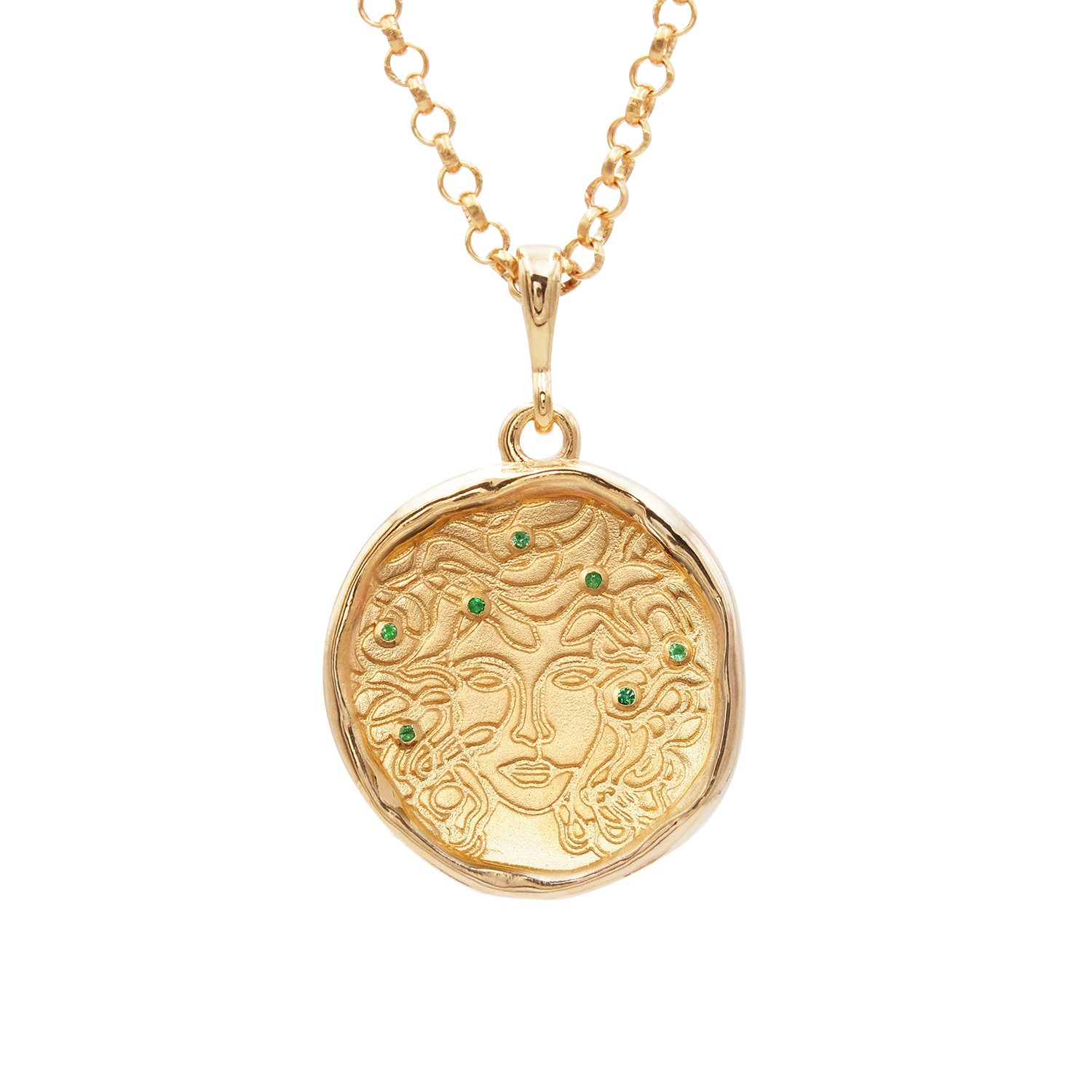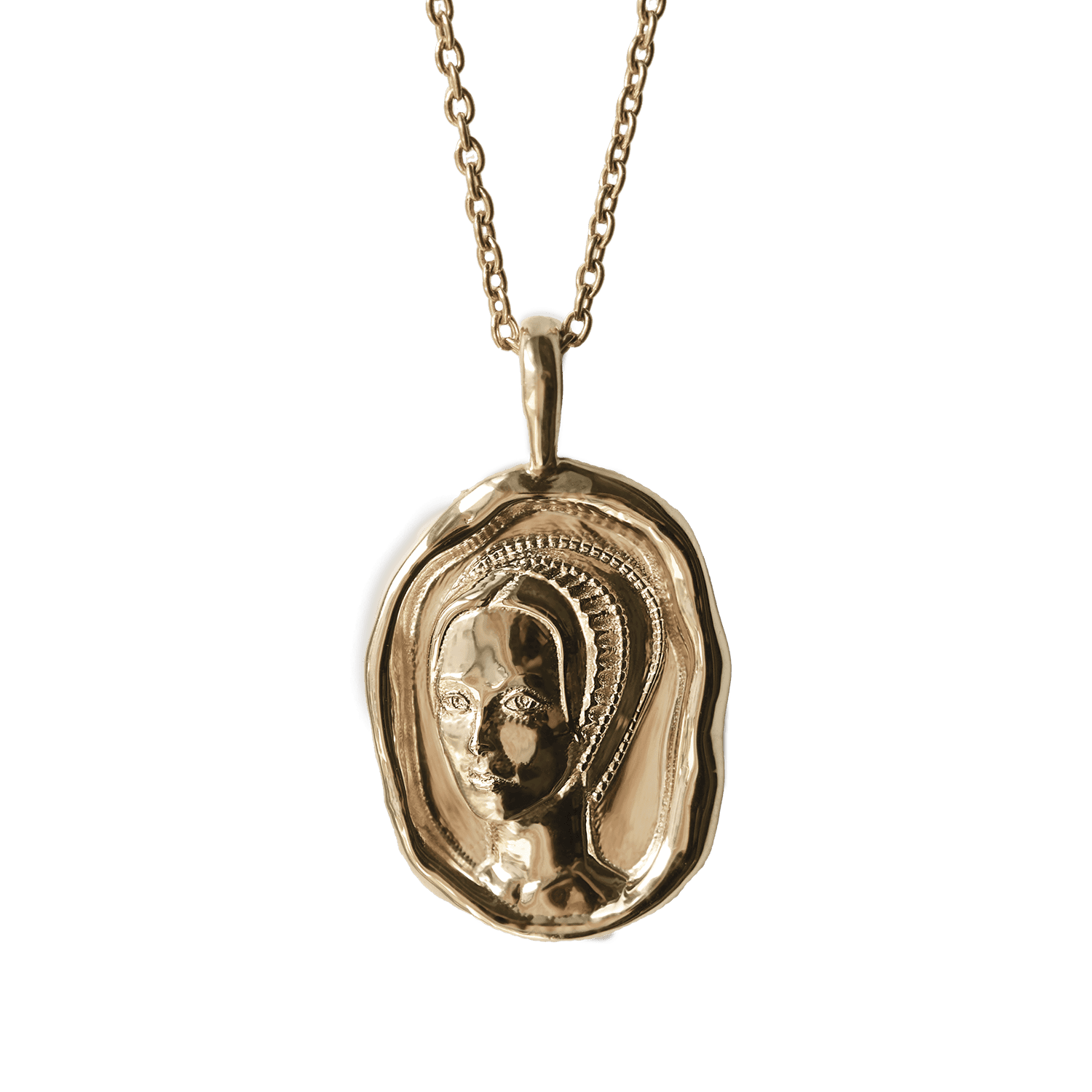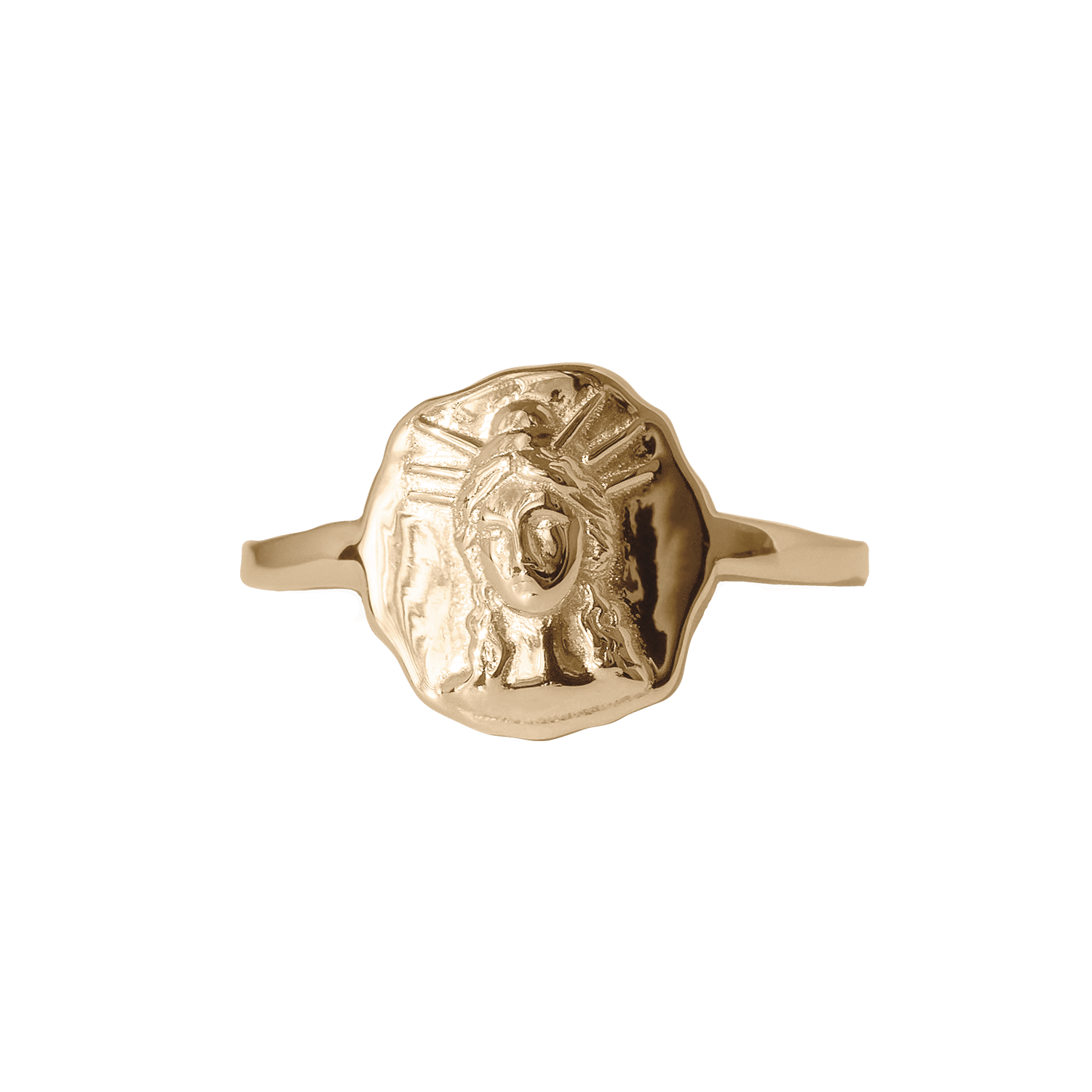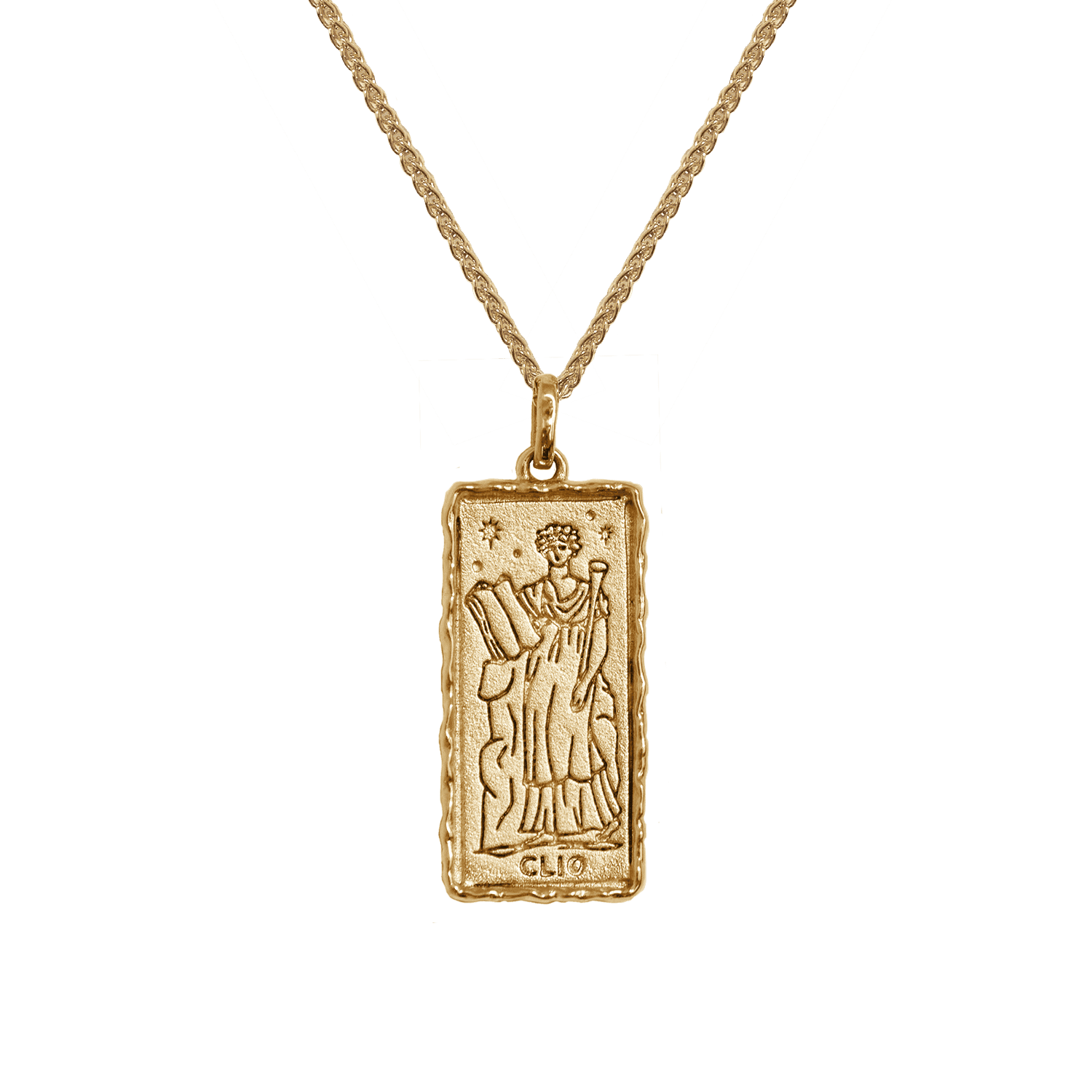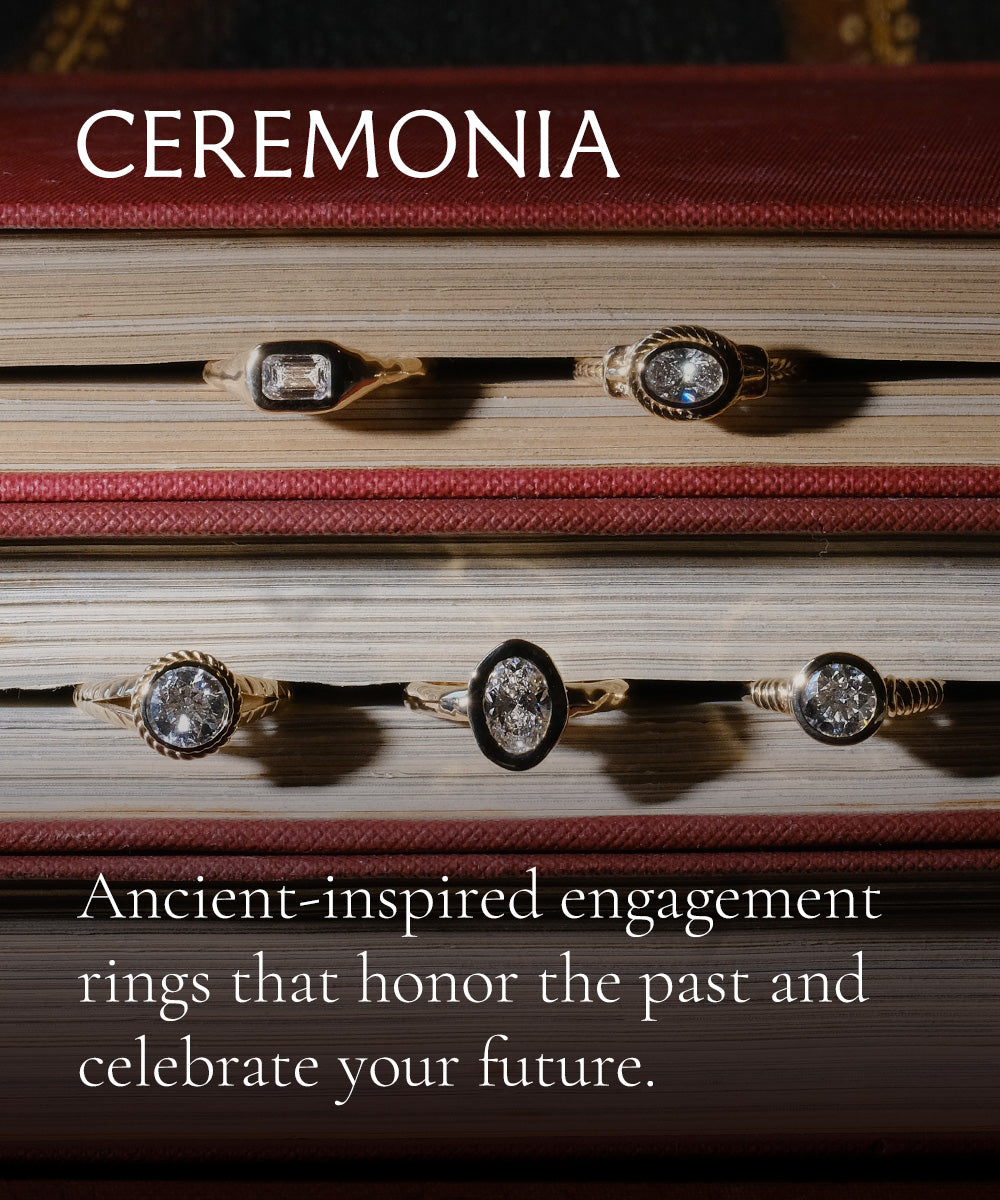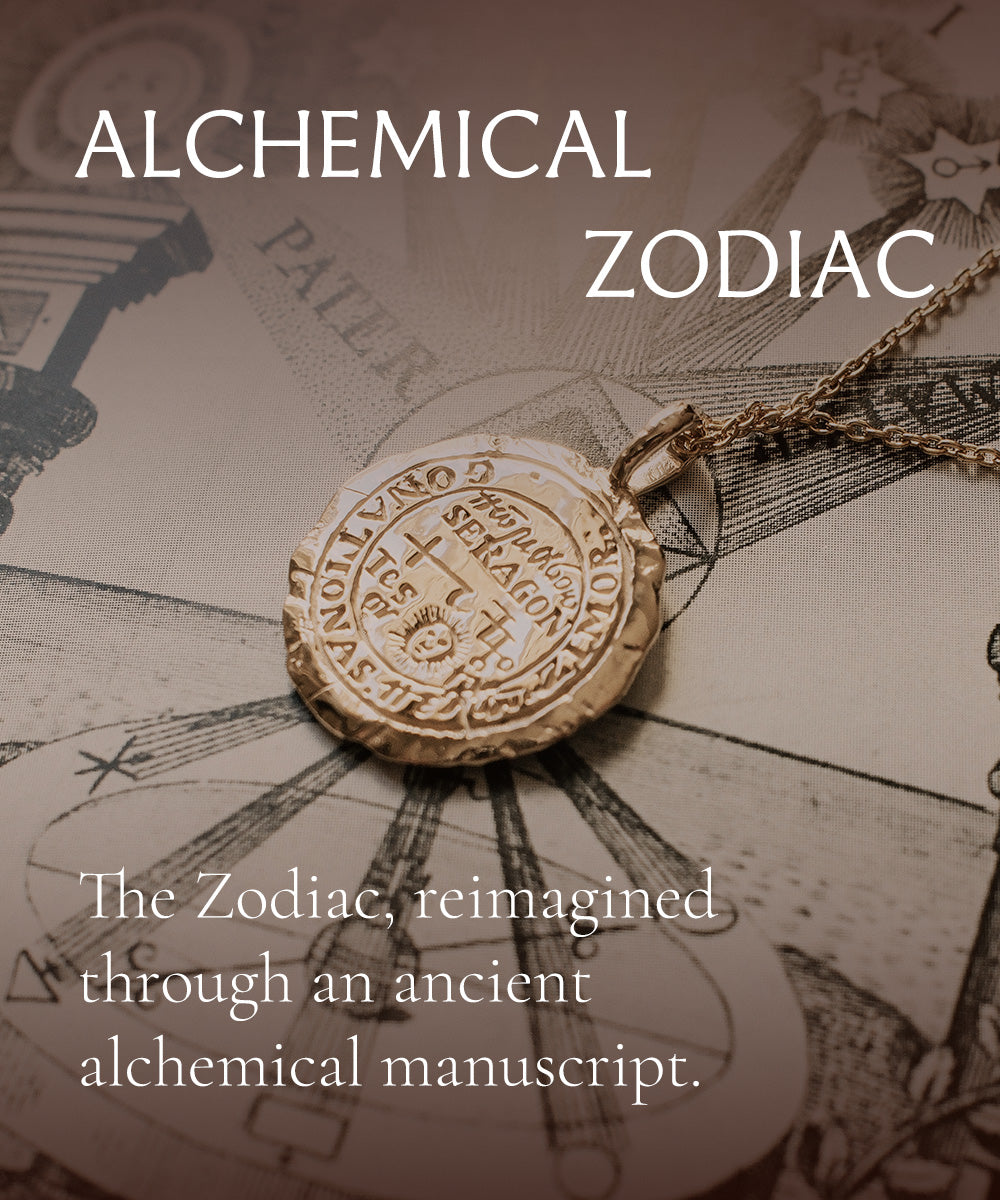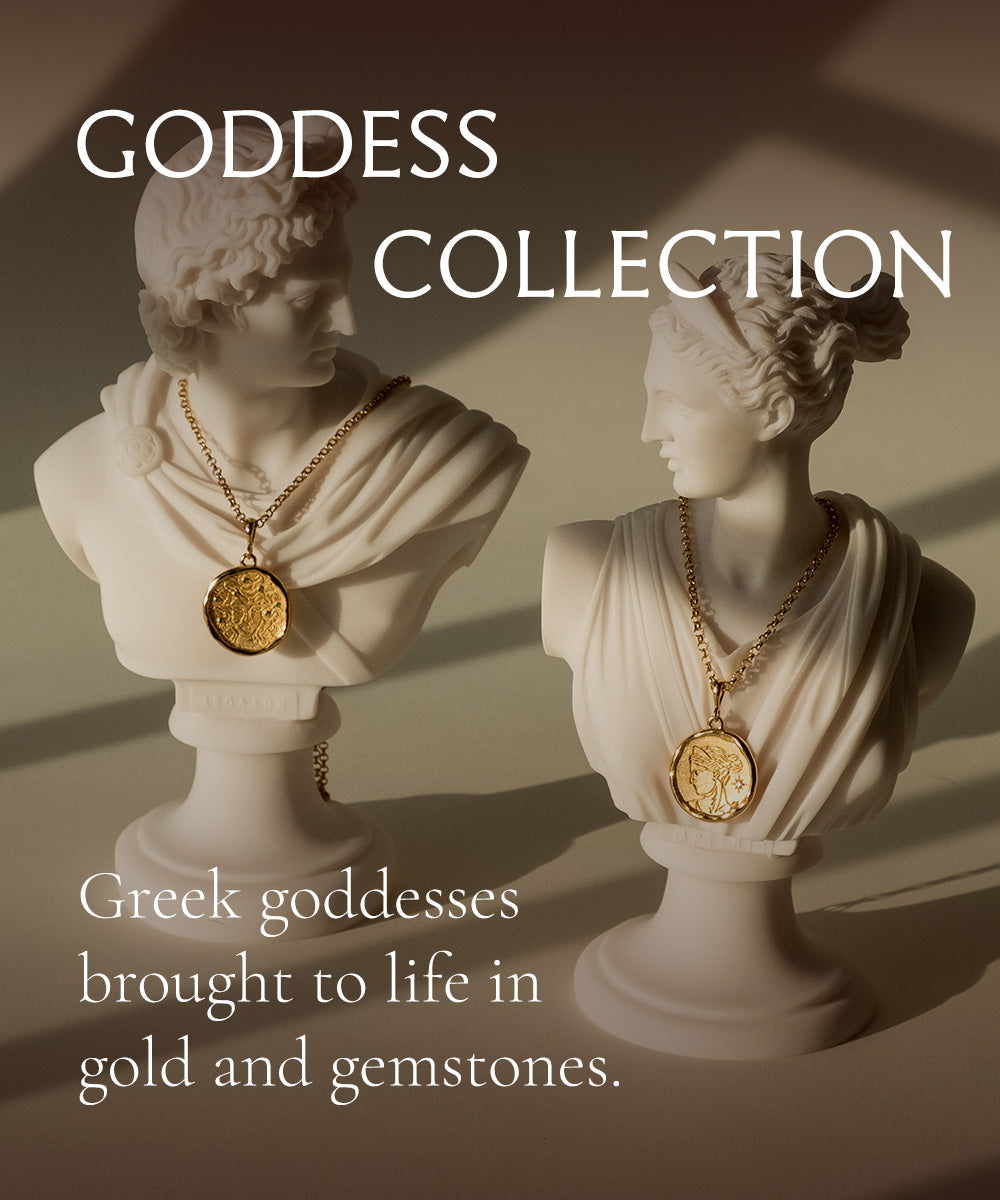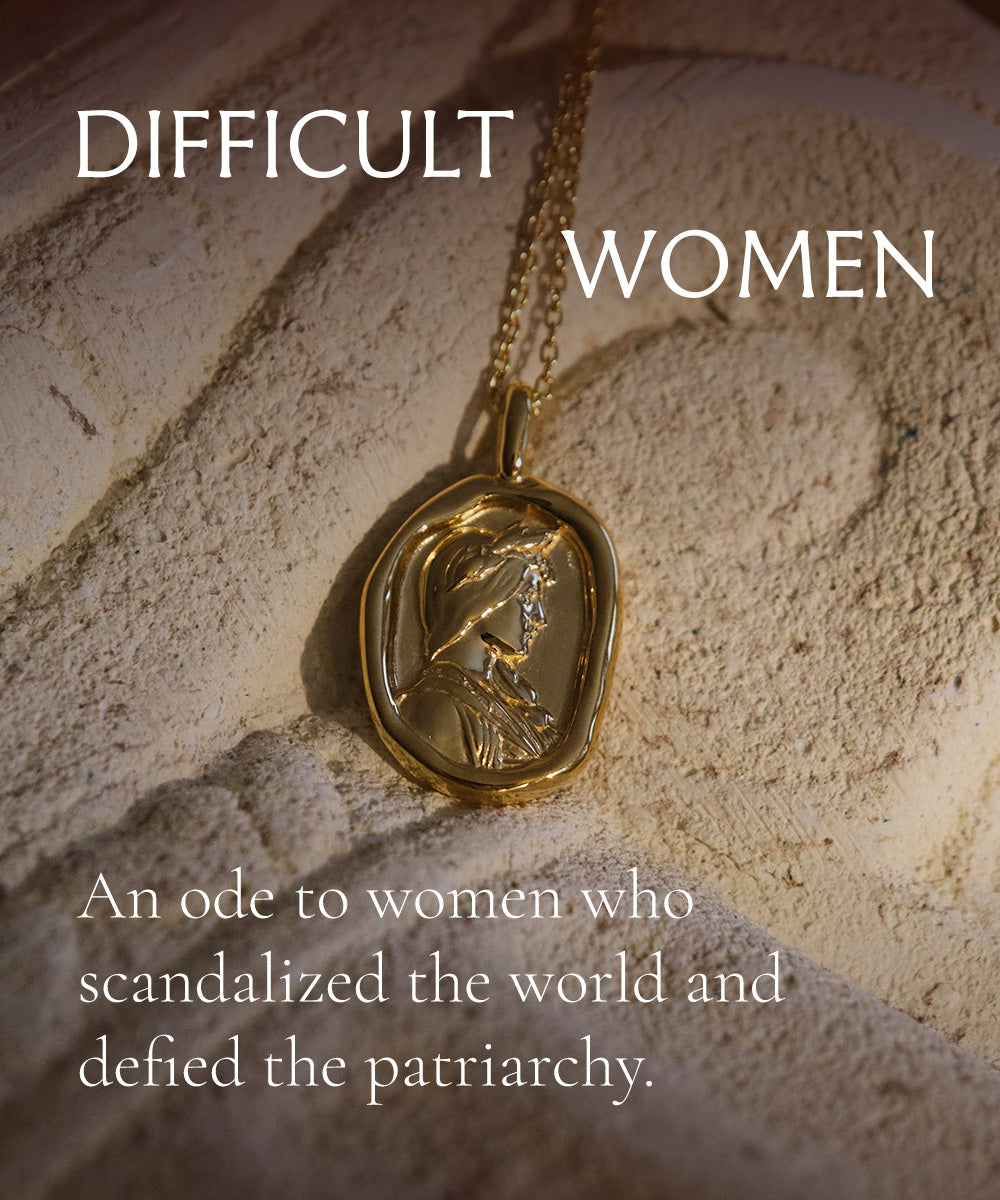Do you ever hear, “people are the same everywhere”?
I never bought it. People in Chicago are not like people in LA or Lebanon or Tibet. We don’t live the same way. We have not had the same cultural experience.
I’ve since come to realize this type of thinking is small and a bit self-centered. This doesn’t make me a bad person, it is just something to learn from and grow out of.
We all fall in love, dread rejection, fall asleep in front of the TV. Everyone likes a drink with dinner. At some point, all of us have stayed up late into the night, unable to sleep, remembering something embarrassing we did or someone we used to love.
But when we look at humanity from a broad, even century-spanning point of view, we notice even larger patterns. Some of them are bad, and reveal to us things about human nature that we are uncomfortable with, but must acknowledge.
A closer look will reveal some truly special examples of all things good and beautiful that humanity is responsible for, things we have created not to fulfill our basic needs, but for the sake of itself.
There is so much in a string of shells. Found in a cave in Morocco and estimated to be 82,000 (!!) years old, we know almost nothing about its origin. We don’t know who found the shells and strung them together, who wore it, or why. We can, at least, speculate that it was made to be worn, to look pretty. Maybe the necklace was made to commemorate an event, to call upon spirits or gods for protection or guidance, or as a special gift to make a loved one smile.
A simple string of shells represents this wonderful trait humanity has: we do not simply survive. We thrive. We create. Art is the largest and strongest testament to human success, because it has no use as a tool and does not contribute to survival—we reached that point in our evolution, and moved forward even further, making art for art’s sake.
Siberia, 35,000 years ago: a mammoth tusk curved to fit around a wrist. Kenya, 40,000 years ago: ostrich shells with holes, as if they were once strung together on a cord. Humanity yearns for more than to simply exist. More than that, we are the same as each other, the same as we always were. We love ornaments, we appreciate beauty, we believe there is more to certain things than meets the eye.
We go deeper. We enter the realm of the spiritual. A shark tooth. Eagle feathers twisted into braids. Lion claws strung around the neck. We gather things we know to be powerful and put them on our soft, pink bodies, hoping, believing, knowing that the power harnessed in these things is given over to us.
Each morning, I put on a piece of jewelry. It looks pretty, and it feels nice to wear. It reminds me of the person who gave it to me. And when I face challenges, I draw on the strength of the talisman to push myself forward.
We are the same as we always were.
